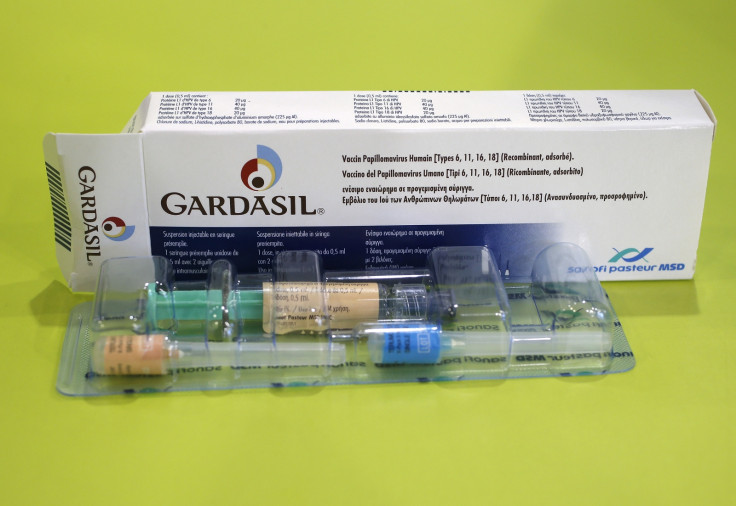Cervical Cancer Prevention Week: Facts, statistics and the #SmearForSmear awareness campaign

Eight women are diagnosed with cervical cancer in the UK every day, and three women will lose their lives to the disease. Thanks to cervical screening and the HPV vaccination programme, cervical cancer is now largely preventable – although uptake of cervical screening is now going down every year.
On Cervical Cancer Prevention Week, from 24 to 30 January, we look at symptoms, statistics and facts about the disease.
What is cervical cancer?
Cervical cancer is an abnormal growth of cells arising in the cervix uteri (the neck of the womb). There are two main types of cervical cancer: squamous cell cancer, which affects cells that cover the outer surface of the cervix, and adenocarcinoma, which affects the endocervical canal – the passageway leading to the womb. According to Cancer Research UK, squamous cell cancer is the more common of the two.
All girls aged 12 to 13 are offered HPV (human papilloma virus) vaccination as part of the NHS childhood vaccination programme. The vaccine protects against cervical cancer. HPV is the name given to a family of viruses and different types of HPV are classed as low or high risk. According to the NHS, cervical cancer occurs as a result of a history of infection with high risk types of HPV in 99% of cases.
What are the symptoms of cervical cancer?
There can be no symptoms, but some include: vaginal bleeding (which can occur after sex), bleeding at any other time other than your period, bleeding after the menopause, pain and discomfort (including during sex), unusual or unpleasant discharge and lower back pain.
How many women are affected by cervical cancer?
Cervical cancer is the most common cancer in women under the age of 35, with eight women diagnosed every day. In the 1970s, almost half of women diagnosed with cervical cancer survived the disease beyond 10 years – now, nearly two-thirds of women survive.
Although cervical cancer is one of the only cancers that can be prevented, one in three women between the ages of 25 and 29 years old do not take up their invitation for a smear test. Having regular cervical screening offers the best protection against developing cervical cancer.
What is a cervical screening test?
A cervical screening test, also known as a smear test, is a method of detecting abnormal cells on the cervix. The cervix is the entrance to the womb from the vagina. Detecting and removing abnormal cervical cells can prevent cervical cancer.
It is important to note that a cervical screening test is not a test for cancer, but a test to check the health of the cells of the cervix. The majority of tests show everything is normal, but in around one in 20 women the test shows some abnormal changes in the cells of the cervix, according to the NHS.
Most of these changes will not lead to cervical cancer and the cells may go back to normal on their own. In some cases, however, the abnormal cells need to be removed so they cannot become cancerous.

How important is going for regular screening tests?
Athena Lamnisos, CEO of charity The Eve Appeal told IBTimes UK: "At The Eve Appeal we know that regular screening protects women against developing cervical cancer. In addition, it is important for women to be aware of the symptoms of cervical cancer: bleeding after sex, between periods and after the menopause, for example. We would strongly advise you not to ignore these symptoms, even if you have had a negative smear as we know the earlier cancer is diagnosed, the easier it is to cure,
"With the screening and prevention programme that is available in the UK, we have it within our sights for cervical cancer to be an eradicable disease – so please encourage all the women in your life to take up their screening appointments and to make sure that they support young people to get the HPV vaccination It's a no brainer to do both so this January, and beyond... so let's all Think Cervical."
What is the Smear For Smear campaign?
In 2015, the Smear For Smear campaign by Jo's Cervical Cancer Trust reached more than 500 million people to raise awareness of cervical cancer and spread the message that it can be prevented. By taking a selfie with smeared lipstick and sharing it online, you can help spread the word and get more people talking about getting tested. Just make sure you book your smear test too.
© Copyright IBTimes 2025. All rights reserved.






















